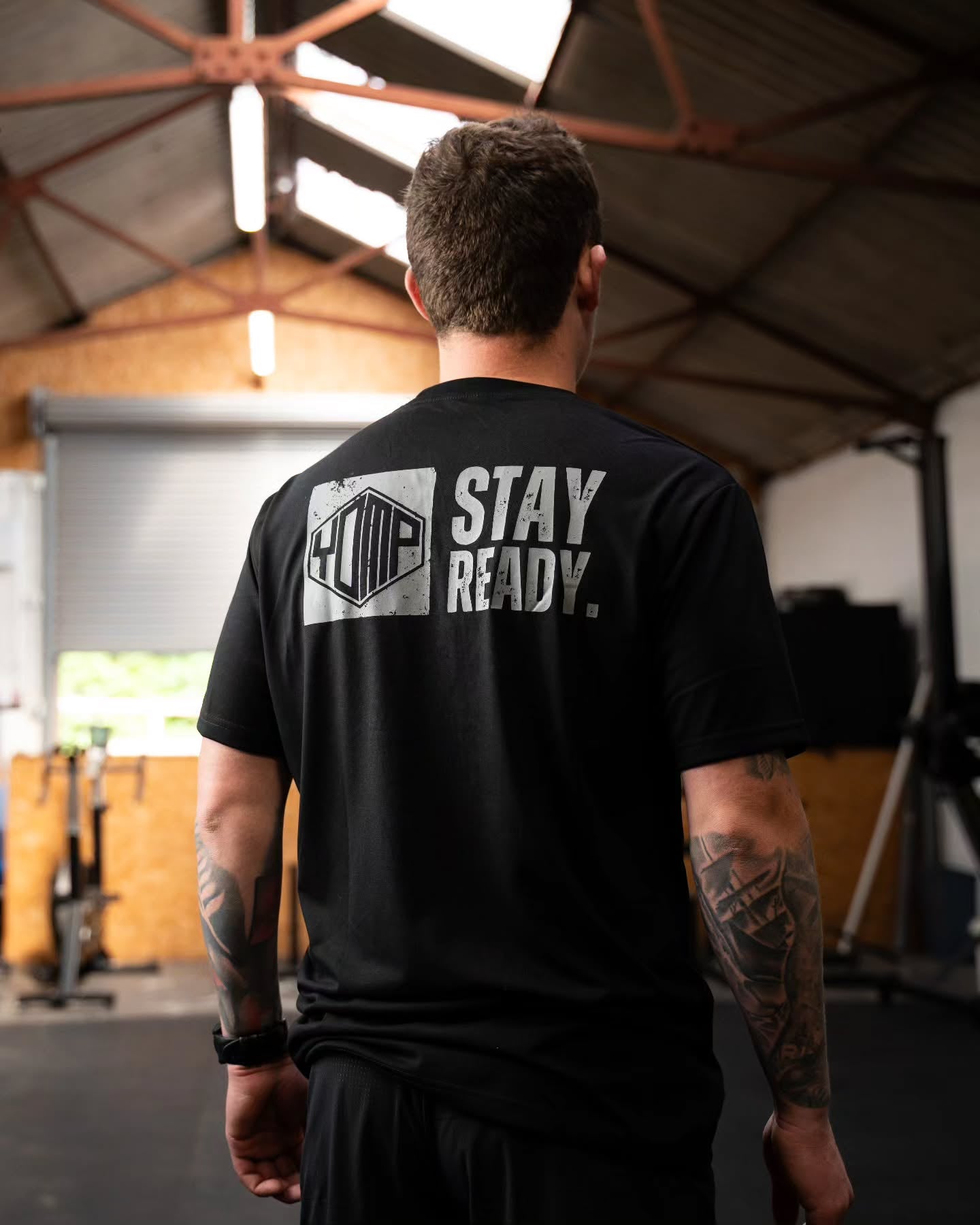Best Recovery Practices After a Heavy Ruck Session

You’ve just finished a tough ruck—your legs are burning, your shoulders feel like they’ve been through a grinder, and your pack somehow feels heavier now than when you started. Now what?
This is where progress happens. Recovery isn’t just about feeling better—it’s about building strength, reducing injury risk, and staying consistent with your training. What you do in the minutes and hours after your ruck determines how well you’ll perform next time.
Here’s how to recover like a pro and stay ready for whatever’s next:
1. Ditch the Pack, But Don’t Collapse
The first instinct after a heavy ruck is to drop the bag and crash onto the nearest bench—but don’t stop cold. Instead, take 5–10 minutes to cool down with a gentle walk. Lower your pace, breathe deeply, and let your heart rate return to baseline.
This simple step helps flush out lactic acid, reduce muscle tightness, and decrease the chances of post-ruck stiffness. Use this moment to check in with your body. Are there any tweaks, aches, or warning signs? Awareness here helps prevent bigger problems later.

2. Re-hydrate and Refuel Quickly
Rucking, especially under heavy load or in warm conditions, leads to a significant loss of fluids and electrolytes. Dehydration can delay recovery, impair performance, and make you feel wrecked hours later.
Within 30–60 minutes, aim to:
- Hydrate with at least 500ml–1L of water or an electrolyte drink (like High5 ZERO or CNP Hydrate)
-
Refuel with a balanced meal that includes:
- Protein (chicken, eggs, whey) for muscle repair
- Carbohydrates (rice, oats, fruit) to replenish glycogen
- Healthy fats (avocado, nuts, olive oil) for recovery support
- If a full meal isn’t an option, a protein shake and banana is a great stopgap
The sooner you refuel, the sooner your body can start repairing and rebuilding muscle tissue.

3. Stretch the Right Areas
Rucking places unique demands on your body, especially the lower body and posterior chain. Target the muscles that absorbed the most work:
- Hip flexors & glutes – often tight after long-distance walks or uphill terrain
- Hamstrings & calves – under constant tension, especially under load
- Traps, lats & shoulders – support the backpack and stabilise your posture
Use static stretching post-session to promote flexibility and reduce delayed soreness (DOMS). Hold each stretch for 20–30 seconds, and breathe slowly. Don’t bounce or force it—just ease into the stretch and let your muscles release tension.
4. Use Recovery Tools
If you’re rucking regularly or ramping up your volume, recovery tools can help speed up the process and keep you moving.
- Foam Roller: Great for flushing out the quads, IT bands, and glutes
- Massage Gun or Lacrosse Ball: Target knots in your traps, shoulders, or underfoot
- Compression Gear: Helps reduce inflammation and improve circulation, especially post-long-distance rucks
- Epsom Salt Baths: Relax muscles and restore magnesium levels after long sessions
These aren’t gimmicks—they’re tools to stay consistent, especially when training back-to-back days.
5. Get Quality Sleep
Sleep is the most underrated recovery tool there is. After a heavy ruck, your body needs deep sleep to repair micro-tears in your muscles, replenish glycogen, and support your immune system.
Aim for:
- 7–9 hours of quality, uninterrupted sleep
- A cool, dark room with minimal light
- Avoid caffeine or screens for at least 60 minutes before bed
- Consider magnesium or zinc-rich foods (like nuts or dark chocolate) to promote deeper sleep
Even one bad night can hinder recovery, so make sleep a non-negotiable part of your routine.
6. Know When to Rest vs When to Move
Not every post-ruck day needs to be total rest. Active recovery—like light walking, cycling, or mobility drills—can improve circulation and reduce soreness faster than doing nothing at all.
However, know the difference between normal fatigue and warning signs:
- Sore = OK
- Sharp pain, joint stiffness, or swelling = Stop and reassess
Push through when it's smart. Rest when it’s necessary.
Bonus Tip: Track Your Recovery
Keeping a log of how you feel post-ruck is a game changer. Jot down:
- Distance, load, and route
- Energy levels before and after
- Any soreness or issues the next day
- How you recovered (sleep, food, tools used)
Over time, this helps you spot trends, improve performance, and prevent over-training before it starts.
Final Thought
Rucking builds more than just strength—it builds grit, endurance, and resilience. But without proper recovery, even the strongest routines can fall apart.
So the next time you finish a tough ruck, remember: drop the pack, but don’t drop the discipline. What you do in the hours that follow determines how far—and how strong—you’ll go next time.



